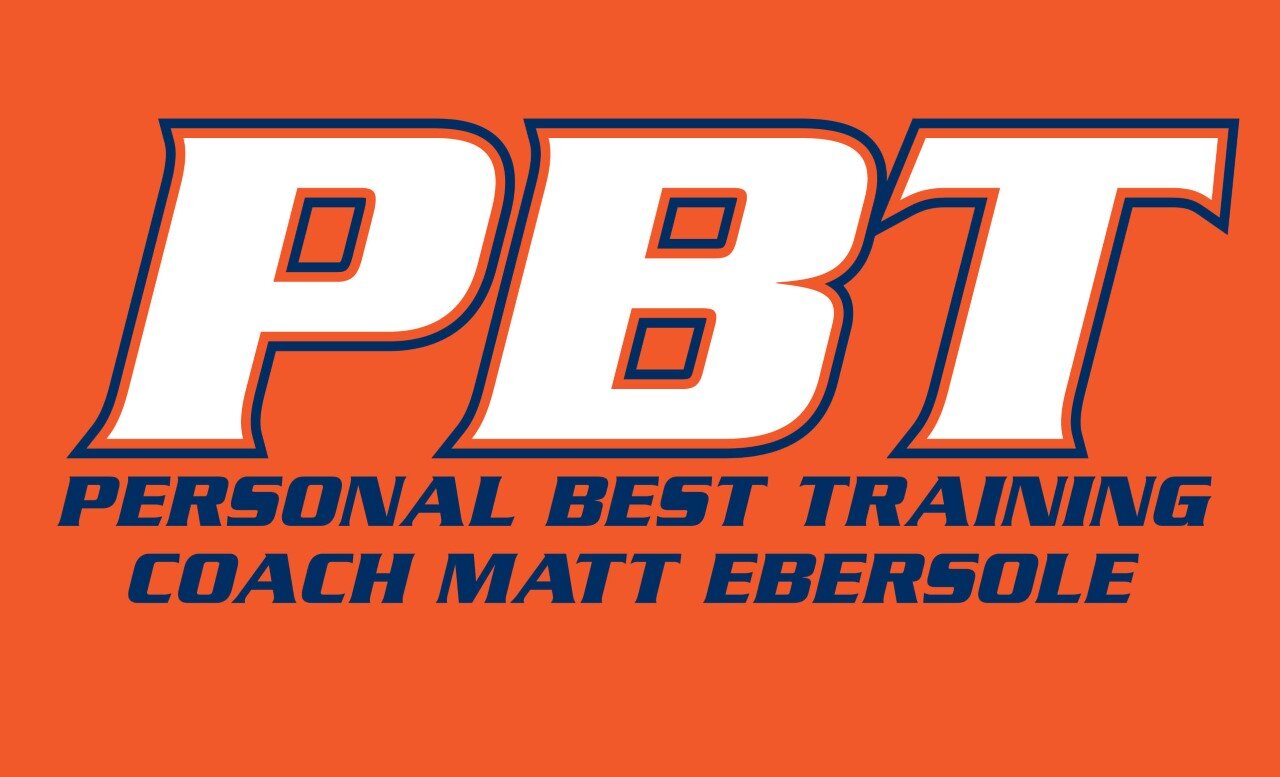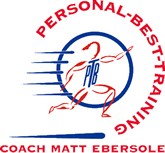Runners have been doing goal pace runs as long as there have been timers with watches so it is probably a good idea to sprinkle a few into your training plan. However, there are a few problems to be addressed to make the most of your goal pace running.
In keeping with the “Goal Pace” name this should be your goal pace and not your dream pace. Using a recent or projected performance for the distance to determine your goal pace is a good starting point. There are many charts out there and some are more generous than others. My most trusted prediction chart is the Comparative Performance Table by J. Gerry Purdy.
I prefer you land on the aggressive side of determining goal pace as you begin your training buildup and fine tune your expectations as race day gets closer. Conversely, I encourage you to be conservative on race day itself and fine tune by speeding up as the finish line gets closer. This prepares you for best case scenario and helps avoid worst case scenario (hailing a cab to the finish!).
The difference between training and racing conditions is one of the factors that necessitate an acceptable range of pace. A fair amount of goal pace running for a spring race will be done in challenging winter and early spring weather and for an ideal fall marathon you will be battling heat. Either less than ideal condition will make goal pace feel much different than it should on race day.
Temperature is only one of the factors that may not match up to race day conditions. How does your training run compare with the wind, elevation, and company you will have on final exam day? You must adjust for these factors for your pace to match up to your fitness level.
The faster you get the less likely goal pace will feel easy. Early when a distance is new the limiting factors are usually endurance (the ability to get to point B) and stamina (the ability to maintain a pace). As you get faster your limiting factors shift to stamina and economy (the energy cost of running goal pace). One of my runners, Jesse Davis, recently pulled the plug at 8 miles on a 10M goal pace run as he was struggling to stay at pace. 11 days later he ran 26.2 miles less than 2 seconds a mile slower than his 8M run that day. Keep in mind you will be carrying training fatigue into your goal pace runs so do not think it will feel effortless and that you could run it all day long. Embrace this fact or you will have some frustrating workouts.
When I help a runner set up a race plan we discuss time but more importantly we talk about how it should feel. If they feel like we planned at a given point in the race and the pace is too fast or too slow, so be it. Pace is the cart and not the horse. Pace is only one way to measure effort and if it is too heavily relied on it usually ends bad.
Ideally, in long races, I would like to have mile splits for the first few miles and then at 3-5M intervals until close to the end and then back to every mile. This would help reduce the reliance and focus on splits shifting to feel. One of the two surest ways for a well-trained runner to blow up is to focus on splits forgoing all other feedback (the other is banking time).
There are many ways to incorporate goal pace running in addition to the obvious. Running intervals in long runs at target pace or starting shorter races at goal pace before switching to racing effort at some point are a few. Being creative will help accumulate goal pace mileage without become tedious.
Two of the things rarely heard in a marathon recovery area are “I started too slow” and “I did too much goal pace running”. That might be a clue that doing both will help your chances for success.























